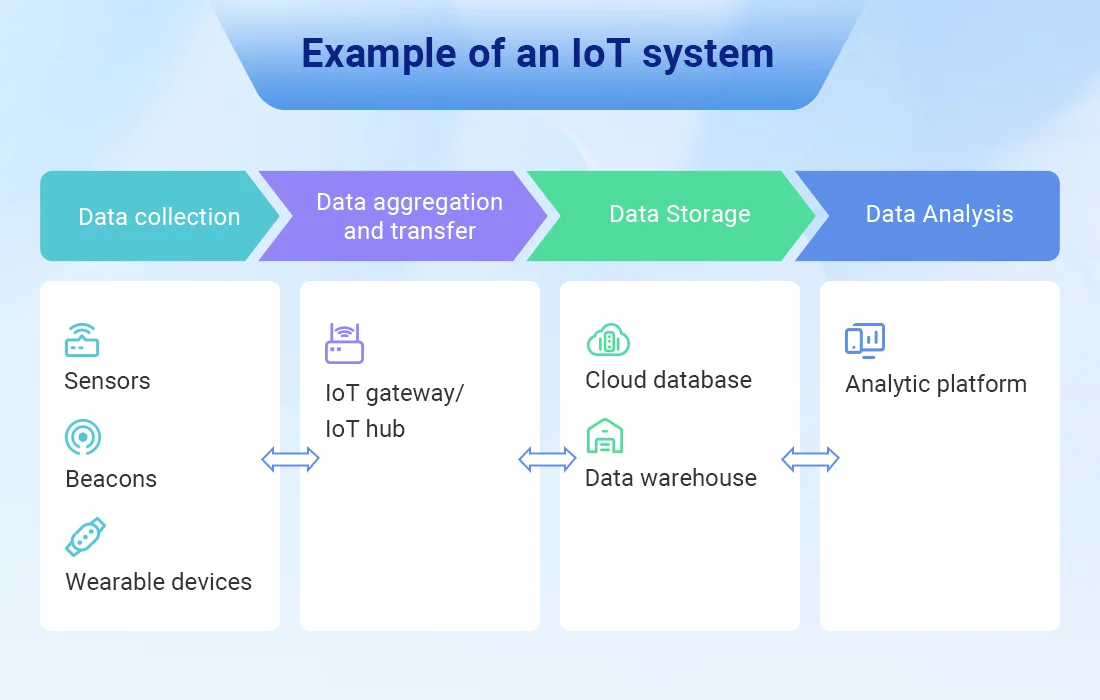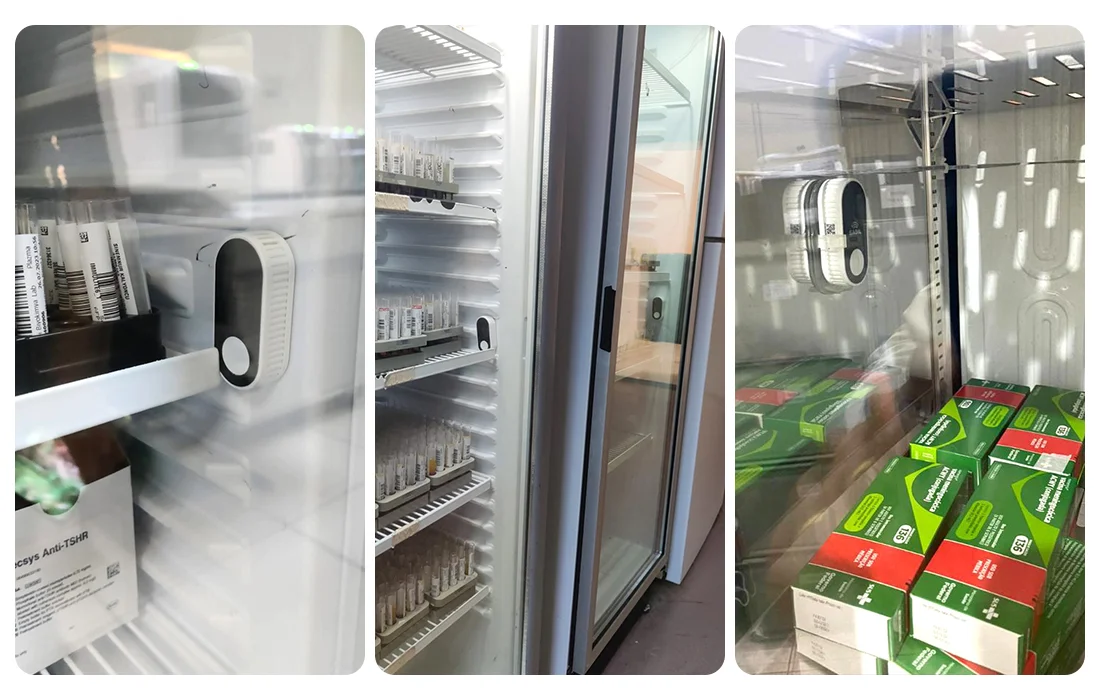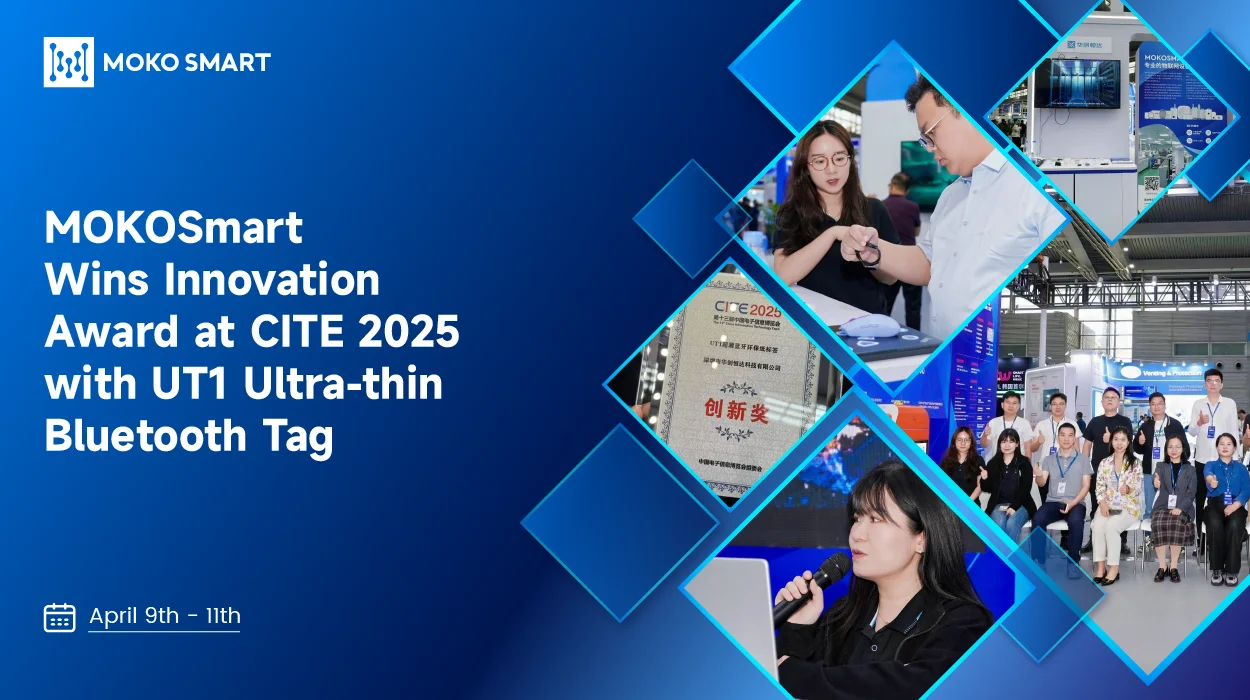- Products
- H1 Keychain Beacon
- H3 Card Beacon
- H3 Button Badge
- H5 RFID Beacon
- H5 Pro RFID Badge
- H7 Helmet Beacon
- H7 Lite Helmet Tag
- W3 Positioning Beacon
- W3 Pro Location Beacon
- W6 Wristband Beacon
- B1 Panic Button
- B2 Smart Badge
- B3 Emergency Button
- B5 Rechargeable BadgeNEW
- H8 Identification Tag
- UT2 Medical WristbandNEW
- MK105 EU/FR Plug Gateway
- MK106 AU Plug Gateway
- MK107 Series BLE Plug Gateway
- MK110 US Plug Mini Gateway
- MKGW-mini BLE WiFi Gateway
- MKGW1 Indoor Bluetooth Gateway
- MKGW3 Indoor PoE Gateway NEW
- MKGW4 Outdoor Cellular Gateway NEW
- LW003-B BLE LoRaWAN Gateway
- LW003-B Pro Outdoor Bluetooth Bridge
- MKGW7 Mini USB GatewayNEW
- Applications
Applications
Innovate without limits. Bring your boldest IoT vision to life with our versatile use cases.
- Services
Services
Partner with us for success. Our exceptional services deliver results and value for customers and partners.
- Resources
Resources
Empower your IoT journey. Expert insights, news & events, documentation – find our wealth of resources.
- Partners
- About
Why MOKO
The intelligent choice for IoT innovation. Our experience and technology lead the way.
- Contact
































